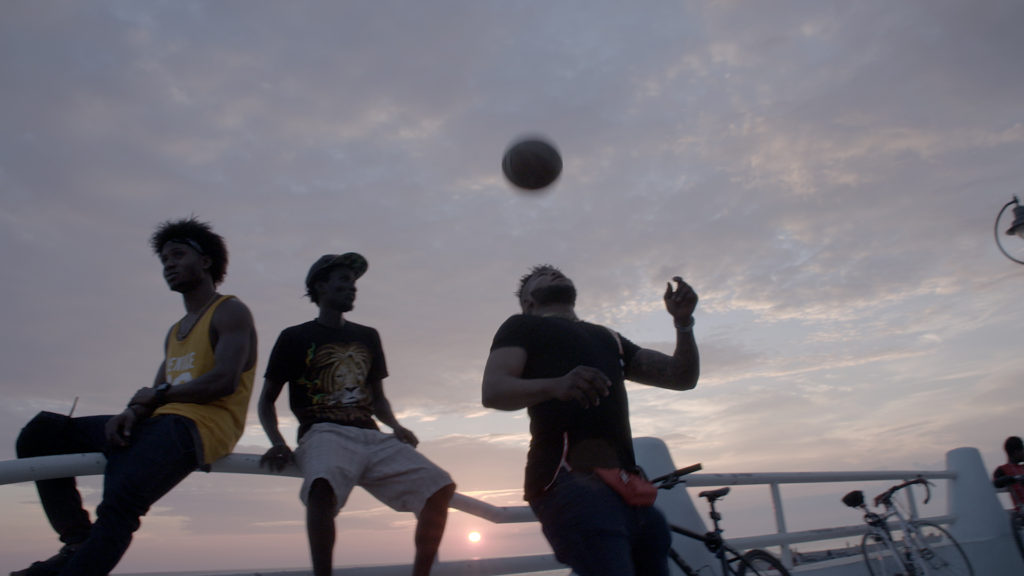Italy
Bikini Words at Arlington Film Festival
Bikini Words at The Arlington International Film Festival
We are incredibly honored to announce that BIKINI WORDS by Nils Clauss will screen in the International Shorts Program of the 8th annual Arlington International Film Festival. The festival takes place from November 1st to November 4th 2018 in Cambridge, Massachusetts.
About BIKINI WORDS
BIKINI WORDS is the first film of a Korea related trilogy, which is followed by LAST LETTERS and PLASTIC GIRLS. What unites the 3 films is a strong focus on issues related to space and architecture, but each film itself stands out with an individual subject matter. BIKNI WORDS talks about new vocabulary that evolved during the rapid industrialisation of South Korea throughout the 1970s and 1980s amongst the factory workers to put names to the radically new aspects of their urbanised lives.
To date BIKINI WORDS has screened at several international film festival and won Best Short Documentary at the Lift-Off Season Awards 2016.
For more information about BIKINI WORDS please read a very thorough interview on film blog DIRECTORS NOTES, which dives into some of the ideas behind and the making of this film.
Screening Time
BIKINI WORDS will screen in the International Shorts Program along with the CLASH OF MORALITY by Vinay Pujara, CUBEMAN by Linda Dombrovsky, LIFE AFTER GUANTANAMO by Esteban Cuevas and DANKE by Antonio Sequeria:
* Fri, Nov 2nd, 9:28 PM at Capital Theatre – 204 Massachusetts Ave, Arlington, MA 02474, USA
For more information about screening times, venues and the festival in general, please visit the ARLINGTON INTERNATIONAL FILM FESTIVAL website.
BIKINI WORDS at 14th Sedicicorto International
BIKINI WORDS will play at the 14th Sedicicorto International Film Festival on October 11th 2017.
Sedicicorto International Film Festival, born in 2004, is a short film festival held every year in the month of October in Forlì close to Bologna, Italy. It boasts submissions from all over the world by filmmakers mainly dealing with short films. The event aims at drawing the attention not only of the filmgoers, but also of the audience interested in the audiovisual world, within an occasion promoting the exchange of ideas.
BIKINI WORDS plays out of competition in the Experia section of the 14th Sedicicorto International Film Festival, which contains a selection of experimental short films. Together with Werner Biedermann’s JAMAIS VU, Tim Weimann’s UNITED INTEREST, Eileen Byrne’s IRIDESCENE and Benjamin Bardou’s GLORIA VICTIS, BIKINI WORDS will play at Biblioteca Aurelio Saffi (Corso della Repubblica 72 – Forlì) on Wednesday Oct. 11th at 5pm.
BIKINI WORDS focuses on new vocabulary, which evolved amongst factory workers during the rapid industrialisation of South Korea throughout the 1970s and 1980s in order to put names to the radically new aspects of their urbanised lives.









